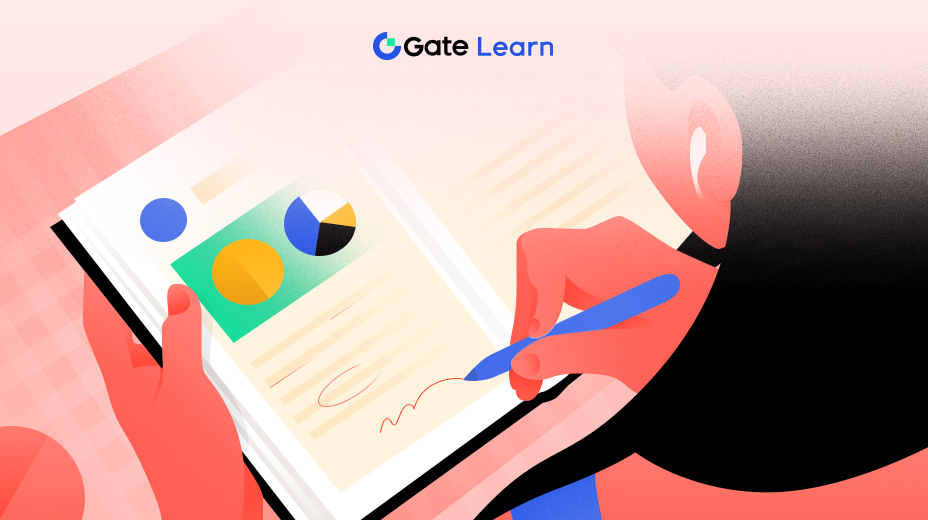Архитектура игры Gaimin
Этот модуль охватывает техническую архитектуру платформы Gaimin, обеспечивает масштабируемость с использованием программного каркаса Electron и интеграцию совместимости с EVM для поддержки разработчиков игр.

Техническая архитектура игровой платформы Gaimin
Архитектура Gaimin специально разработана для обработки распределенного использования GPU, интеграции блокчейна и функций Web3, одновременно обеспечивая отсутствие влияния на игровой опыт пользователей. Система отслеживает и распределяет неиспользуемую вычислительную мощность GPU, гарантируя отсутствие проблем с производительностью игр для игроков во время использования.
Платформа использует модульную архитектуру, которая разделяет общий доступ к GPU, интеграцию блокчейна и функции рынка на уровни, обеспечивая независимое расширение и обновление каждого компонента без влияния на всю систему. Микросервисы используются для одновременной обработки нескольких задач, обеспечивая плавную работу платформы для игроков и разработчиков, интегрирующих функции Web3.
Gaimin также использует систему обработки данных в реальном времени и систему распределения на основе искусственного интеллекта для максимизации вычислительной эффективности путем распределения задач GPU в зависимости от доступности текущих ресурсов. Поддержка кроссплатформенности позволяет пользователям взаимодействовать с платформой на различных устройствах, но функция совместного использования GPU в настоящее время доступна только для систем Windows. Безопасные меры включают в себя шифрование данных и двухфакторную аутентификацию, обеспечивая безопасное управление вычислительными ресурсами и блокчейн-активами (такими как NFT и DGA).
Фреймворк программирования Electron
Gaimin использует фреймворк программирования Electron для обеспечения поддержки множественных платформ и масштабируемости. Этот фреймворк позволяет разработчикам использовать веб-технологии, такие как JavaScript, HTML и CSS, для создания настольных приложений, обеспечивая при этом согласованный пользовательский интерфейс на разных операционных системах, таких как Windows, macOS и Linux.
Использование Electron позволяет эффективно расширять платформу, что также является фреймворком, принятым платформами Slack, Discord и Twitch. Его интеграция с Node.js дополнительно усиливает функциональность, поддерживая модульную разработку, включая обработку данных в реальном времени, безопасную связь и шифрование.
Хотя Electron упрощает процесс разработки и обеспечивает совместимость с различными платформами, у него также есть некоторые ограничения в масштабируемости при обработке масштабных приложений, таких как децентрализованное разделение вычислительных ресурсов GPU. В связи с этим Gaimin использует решение на стороне сервера для обработки вычислительных задач с высокой нагрузкой, чтобы гарантировать быстрый отклик платформы при увеличении числа пользователей.
Этот фреймворк поддерживает быстрое прототипирование и развертывание, что позволяет Gaimin легко выпускать обновления и новые функции на различных платформах. В то же время интенсивные вычислительные задачи, такие как совместное использование GPU, в основном обрабатываются бэкэнд-инфраструктурой Gaimin, что обеспечивает отсутствие влияния на производительность в процессе использования.
Совместимость с VM и интеграция блокчейна для разработчиков игр
Gaimin совместим с виртуальной машиной Ethereum (EVM), что позволяет разработчикам подключать свои игры к блокчейну на основе Ethereum и использовать автоматизированные процессы внутриигровых транзакций и владения активами с помощью смарт-контрактов. С помощью смарт-контрактов разработчики могут создавать децентрализованные экономические системы, позволяющие игрокам владеть, торговать и безопасно управлять своими цифровыми активами.
Экосистема Gaimin основана на токене GMRX, который игроки могут зарабатывать, играя. С помощью токена GMRX разработчики могут легко внедрять в игры токеном основанную экономическую систему, позволяя игрокам превращать игровые взаимодействия в реальную ценность.
Интеграция блокчейна гарантирует, что все транзакции регистрируются в неизменяемом реестре, предотвращая мошенничество или манипуляции, обеспечивая безопасность активов и сделок игроков, аналогично сделкам с криптовалютой на блокчейне Ethereum.
Разработчики могут создавать настраиваемые смарт-контракты для управления внутриигровыми процессами, такими как награды, торговля и владение активами, что обеспечивает гибкость и позволяет создавать безопасные игровые блокчейн-платформы без ущерба для пользовательского опыта.
API и SDK для интеграции с Web3

Gaimin предоставляет API и SDK, помогающие разработчикам добавлять в свои игры функции Web3, такие как блокчейн, NFT и децентрализованная экономика. Эти инструменты легко использовать, не требуя от разработчиков глубоких знаний блокчейна, что снижает порог начала создания игроками Web3 игр.
Gaimcraft SDKРазрешить разработчикам преобразовать игровые активы (такие как оружие, скины, коллекционные предметы) в токены NFT и безопасно хранить их на блокчейне. В то же время API Gaimin упрощает интеграцию смарт-контрактов в играх, обеспечивая удобное управление внутриигровой экономикой, автоматизацию сделок с активами, распределение вознаграждений и управление. Эти API совместимы с различными платформами и игровыми движками, такими как Unity и Unreal Engine, что позволяет разработчикам сосредоточиться на игровом процессе, не беспокоясь о сложностях блокчейна.
Инфраструктура облачных вычислений Gaimin (gaimin.cloud)

gaimin.cloud - это децентрализованная инфраструктура, которая поддерживает Gaimin, объединяя неиспользуемую вычислительную мощность графических процессоров игроков для выполнения задач по обработке искусственного интеллекта, видеорендеринга и вычислений блокчейна. Игроки могут зарабатывать токены GMRX, вкладывая свои вычислительные ресурсы.
Эта облачная инфраструктура предоставляет экономичную и масштабируемую альтернативу для отраслей, требующих масштабных вычислений (например, для обучения искусственного интеллекта и рендеринга видео), что более выгодно по сравнению с централизованными решениями. gaimin.cloud также отвечает за вычисления на блокчейне, включая проверку транзакций и майнинг, что придает ему широкое применение в различных отраслях.
точка
- Архитектура Gaimin использует модульный и масштабируемый дизайн, способный обрабатывать общие ресурсы графического процессора, интеграцию блокчейна и обработку данных в реальном времени.
- Фреймворк программирования Electron обеспечивает кроссплатформенность и обеспечивает согласованную производительность Gaimin на различных операционных системах.
- Совместимость с EVM позволяет разработчикам интегрировать функции блокчейна, такие как NFT и децентрализованная экономика, в игры, используя инфраструктуру Ethereum.
- API и SDK Gaimin предоставляют разработчикам удобные инструменты для создания игр Web3.
- Агрегация вычислительной мощности GPU в децентрализованной облачной инфраструктуре для обучения искусственного интеллекта, видеорендеринга и вычислений блокчейна.





